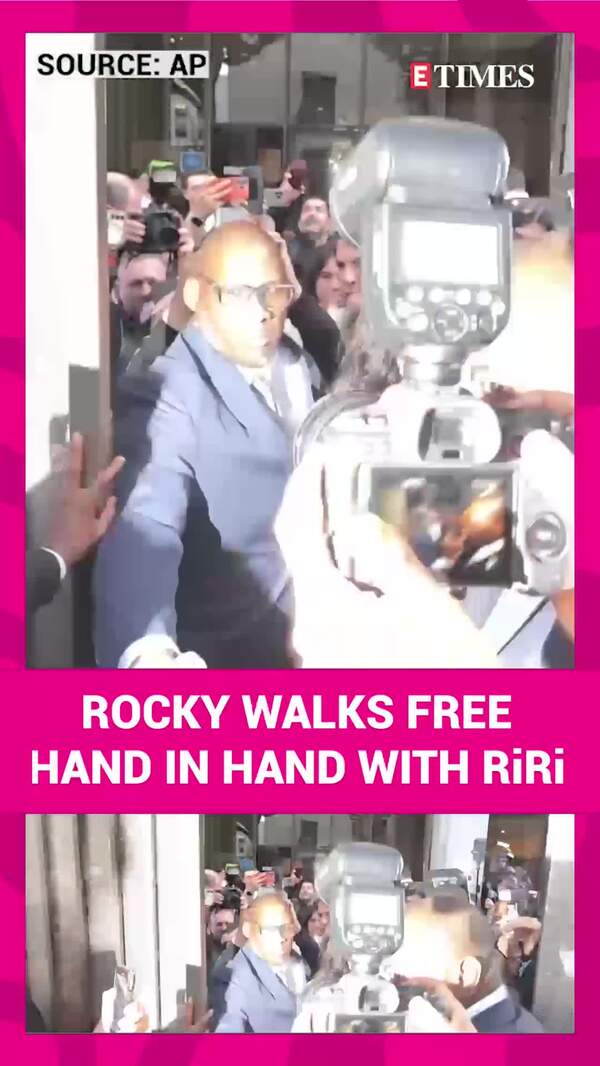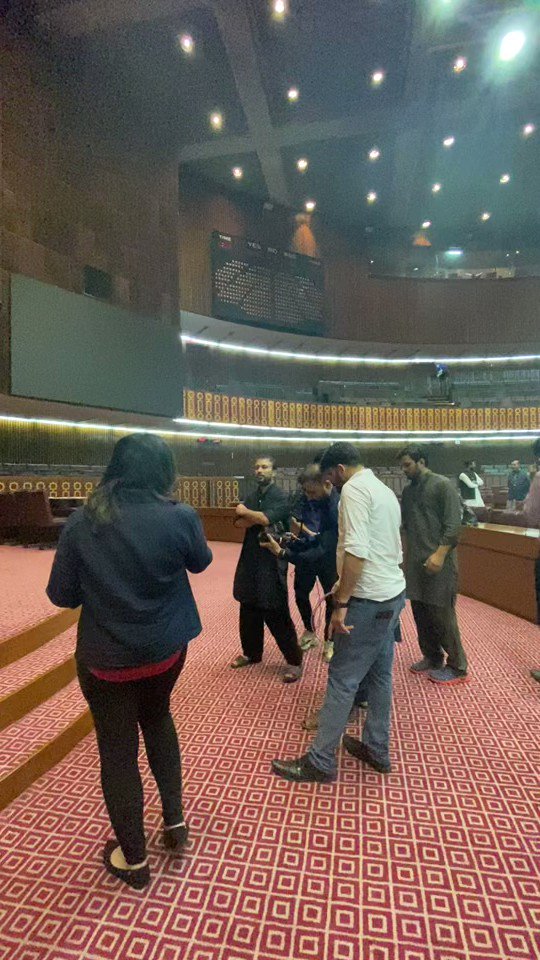Is the digital age truly a double-edged sword, offering unprecedented connectivity while simultaneously weaponizing misinformation? The recent targeting of Pakistani news anchor Mona Alam with a fabricated explicit video serves as a stark reminder of the pervasive threat of deepfakes and online harassment. This incident underscores the urgent need for stricter regulations and greater awareness in the fight against digital manipulation and the protection of individuals' reputations.
The story of Mona Alam, a prominent journalist and television anchor in Pakistan, has become a focal point in the ongoing debate surrounding online safety and the ethics of digital content. Alam, known for her work on Hum News and her program Question Hour with Mona Alam, found herself the victim of a malicious campaign involving a digitally fabricated video. This incident highlights the vulnerability of public figures to smear campaigns and the ease with which technology can be used to create convincing, yet entirely false, content. The swiftness with which the video spread online and the subsequent emotional distress experienced by Alam paint a disturbing picture of the challenges faced by individuals in the digital era.
Here's a closer look at the life and career of Mona Alam:
| Category | Details |
|---|---|
| Full Name | Mona Alam |
| Date of Birth | March 23, 1984 |
| Place of Birth | Islamabad, Pakistan |
| Nationality | Pakistani |
| Known For | Political Economic Journalist, TV Anchor, Debater |
| Education | Beacon House School, Electronics and Communication Engineering |
| Current Employer | Hum News (Previously PTV) |
| Notable Programs | Question Hour with Mona Alam |
| Main Interests | International Debates, Political and Economic Analysis |
| Social Media | Instagram (@monaa.alam) |
Mona Alam's career spans several years within the Pakistani media landscape. She has established herself as a respected voice in political and economic journalism. Her ability to dissect complex issues and engage in insightful debates has earned her a significant following. Her educational background in Electronics and Communication Engineering likely provides her with a unique perspective on technological advancements and their implications on society.
The controversy surrounding the fabricated video quickly gained traction online, prompting widespread condemnation and support for Alam. Rather than succumbing to the pressure, Alam chose to confront the issue head-on, taking decisive action by filing a legal complaint. This proactive approach underscores her commitment to defending her reputation and holding those responsible for the smear campaign accountable. Her courage in speaking out against the fake video serves as an example for others facing similar situations. It also highlights the importance of verifying information before sharing it and the potential consequences of spreading misinformation online.
The incident sparked a broader conversation about the use of deepfakes and the need for stronger measures to combat their proliferation. Deepfakes, which use artificial intelligence to create realistic but fabricated videos, pose a significant threat to individuals' privacy and reputations. They can be used to spread misinformation, damage relationships, and even influence political outcomes. The Mona Alam case is a prime illustration of the potential harm that deepfakes can inflict and the importance of addressing this growing menace.
The impact of the fake video was not limited to Alam's personal life; it also affected her professional standing. As a public figure, Alam's reputation is essential to her career. The malicious campaign aimed to undermine her credibility and silence her voice. However, Alam's strong response and the support she received from colleagues and the public demonstrated the resilience of the human spirit in the face of adversity. Her stance further highlighted the need for media organizations to provide support and protection to their employees who become targets of online harassment.
The incident also prompted discussions about the role of social media platforms in preventing the spread of misinformation and protecting users from harmful content. Social media companies have a responsibility to implement effective measures to detect and remove deepfakes and other forms of manipulated media. This includes investing in advanced technologies, educating users about the risks of misinformation, and establishing clear guidelines for reporting and removing offensive content. The speed with which the fabricated video of Mona Alam spread across various platforms underscores the challenges these platforms face in effectively policing their content.
The legal action taken by Alam and the subsequent investigation will likely shed light on the individuals or groups behind the smear campaign. Holding those responsible accountable is a critical step in deterring future attacks and sending a clear message that such behavior will not be tolerated. The outcome of the legal proceedings will have implications not only for Alam but also for other public figures who might find themselves in similar situations. It will help establish legal precedents and clarify the rights of individuals to defend their reputations against online attacks.
Beyond the legal ramifications, the incident underscores the need for society to foster a culture of digital literacy. Education and awareness are vital tools in the fight against misinformation and online harassment. Individuals must be equipped with the skills and knowledge to critically evaluate information, identify deepfakes, and understand the potential consequences of sharing unverified content. Media outlets and educational institutions have an important role to play in promoting digital literacy and empowering individuals to navigate the digital world safely.
The case of Mona Alam serves as a wake-up call, reminding us of the vulnerabilities in the digital landscape. It calls for individuals, organizations, and governments to collaborate to combat online harassment, protect reputations, and uphold the principles of truth and fairness in the information age. The response to this incident will shape how we address future challenges posed by deepfakes and other forms of digital manipulation. Ultimately, it’s about protecting not just individuals but also the integrity of information itself in an increasingly digital world.
The incident underscores the urgent need for individuals and organizations to protect themselves against online threats. This involves a combination of technological measures, such as strong passwords and privacy settings, and behavioral changes, like being wary of sharing personal information online and verifying the sources of information. Individuals should also be prepared to respond to online harassment by documenting the abuse, reporting it to the appropriate authorities, and seeking support from friends, family, or mental health professionals.
The widespread attention given to the Mona Alam case also highlights the importance of responsible journalism. Media outlets should be vigilant in verifying information, avoiding the spread of misinformation, and supporting individuals who are targeted by online harassment. This includes providing a platform for victims to tell their stories, condemning the perpetrators of online abuse, and working to create a more ethical and responsible digital media ecosystem.
As the world becomes increasingly reliant on digital platforms, it is imperative that individuals, organizations, and governments work together to create a safe and reliable online environment. This includes developing effective technologies to detect and remove deepfakes, establishing clear legal frameworks to address online harassment, and promoting a culture of digital literacy. The story of Mona Alam serves as a powerful reminder of the challenges we face and the collective action needed to overcome them.



